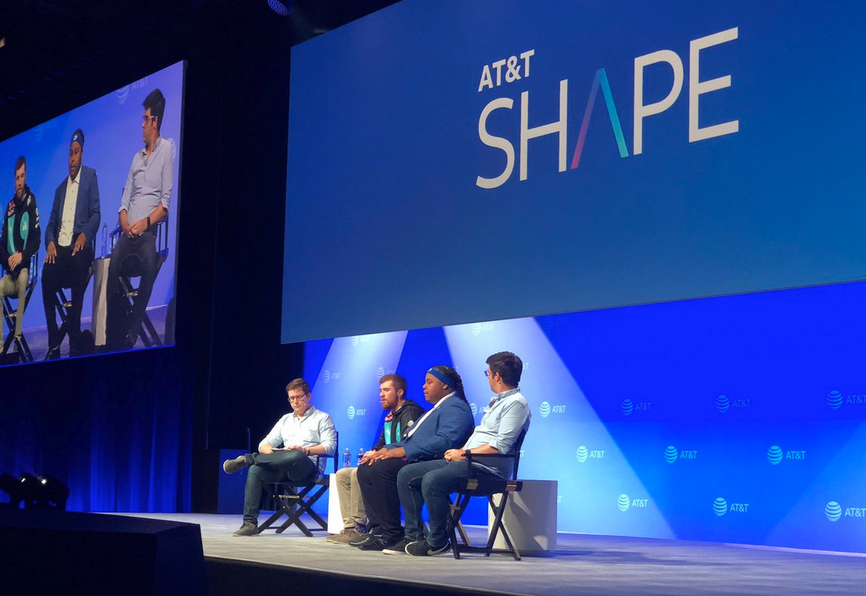
AT&T hosted its annual Shape conference last month and Newsweek spoke with AT&T President Kevin Petersen to discuss the rollout of gig-speed mobile networks and what that might mean for entertainment and business experiences of the future. The ultimate goal of 5G is to offer speeds that rival the fastest wifi, not all network frequencies are created equal. As Petersen describes, “there are different types of deployment. There’s the millimeter wave deployment where you truly do get the gig-plus speed or the wider deployment where you’re getting great coverage as well as performance.” So, at least initially, 5G customers will be swapping between blistering-fast maximum speeds in smaller doses and something that’s a marked improvement but not quite gig-speed everywhere else.
“5G plays a really important role when you start to think about the data intensity required for AR, VR, spatial computing and reducing latency. It’s a means of ultra-responsive connectivity, ultra-fast speeds and higher capacity,” Petersen explained.”While you can do a lot on today’s technology, the 5G improves it in terms of response times and latency, speed as well as higher capacity. So it enhances today’s experience and opens up the possibility for new experiences.”
Peterson thinks over the next three or so years we’ll see a very quick evolution and shift to 5G. The slow rollout of 5G is mostly due to necessary physical manpower and community logistics. The millimeter wave is short, so area that it covers is smaller. They’re putting it on these small cells to enhance coverage and performance. That requires them to go locally and get the permits, which is one of the biggest challenges.


